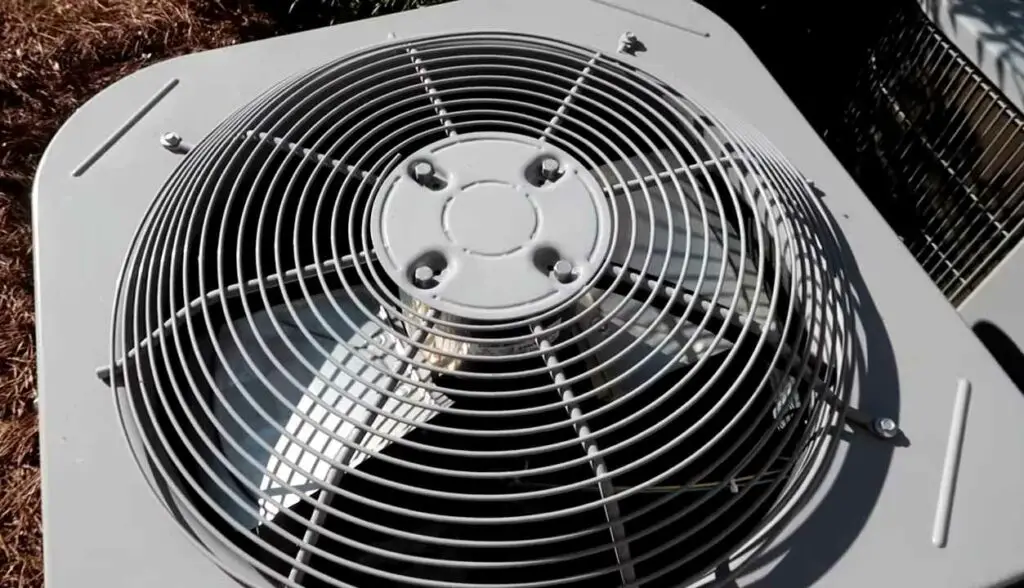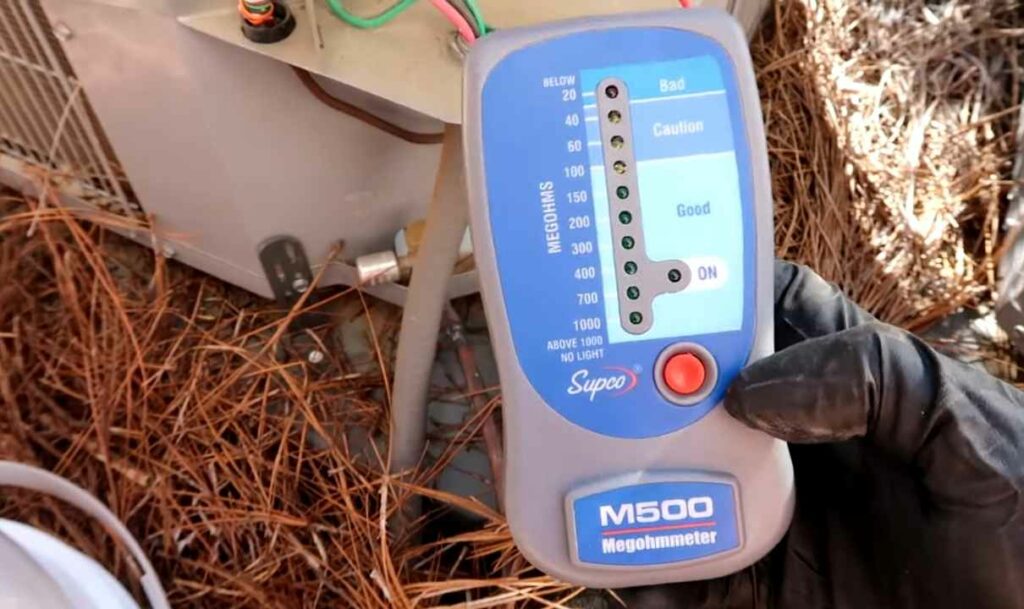In this blog, we’ve compiled a comprehensive Carrier Air Conditioner Troubleshooting Manual PDF format, tailored specifically for Carrier Air Conditioners.
This invaluable resource aims to empower you with the knowledge to identify, diagnose, and potentially resolve common problems that may arise with your unit.
It covers a wide range of issues, from minor hiccups that you can fix on your own to more complex challenges that may require professional assistance.
Carrier Air Conditioner Troubleshooting Manual PDF Download

Troubleshooting Common Issues with Carrier Air Conditioners
Carrier is a well-known and reputable brand that manufactures high-quality air conditioners.
However, like any complex electronic appliance, Carrier air conditioners may encounter issues from time to time.

If you’re facing problems with your Carrier air conditioner, don’t fret; many of these issues can be resolved without professional help.
In this article, we’ll provide a troubleshooting guide to help you identify and potentially fix some common problems.
1. No Power or Unit Not Turning On
If your Carrier air conditioner is not powering on at all, the first step is to check the power supply.
Verify that the unit is correctly plugged into a working electrical outlet.
Additionally, inspect the circuit breaker or fuse box to ensure that there are no tripped breakers or blown fuses.
If you find a blown fuse or a tripped breaker, replace the fuse or reset the breaker, and try turning on the unit again.
2. Insufficient Cooling
If your air conditioner is running but not providing sufficient cooling, there could be several reasons behind it:
- Dirty Air Filter: A clogged or dirty air filter can restrict airflow, reducing the efficiency of your air conditioner. Check the filter and clean or replace it if needed (refer to your unit’s manual for instructions).
- Thermostat Settings: Make sure the thermostat is set to the desired temperature and the cooling mode is selected.
- Blocked Condenser Unit: The outdoor condenser unit should have enough clearance and be free from debris or vegetation. Check and clear any obstructions around the unit.
- Refrigerant Leak: Low refrigerant levels can hinder the cooling process. If you suspect a refrigerant leak, it’s best to contact a professional technician to inspect and fix the issue.

3. Unusual Noises
Strange noises coming from your Carrier air conditioner can be indicative of underlying problems:
- Rattling or Clanking: Loose components or debris inside the unit can cause rattling sounds. Turn off the unit and inspect for any loose parts. If you can’t identify the source of the noise, seek assistance from a qualified technician.
- Squealing or Screeching: These noises could be due to a worn-out belt or motor bearing. Lubricating or replacing these parts can resolve the issue.

4. Unit Freezing Up
If you notice ice forming on the indoor or outdoor components, turn off the air conditioner immediately.
Freezing is often caused by restricted airflow, low refrigerant levels, or a faulty blower motor.
Check the air filter and ensure it’s clean.
If the problem persists, contact a professional technician for further diagnosis.
5. Uneven Cooling
If some rooms are significantly cooler than others, consider the following:
- Blocked Vents: Check to see if any vents or registers are blocked or obstructed.
- Ductwork Issues: Leaky or poorly insulated ducts can lead to uneven cooling. Have a professional inspect and seal the ductwork if necessary.
- Zoning System Malfunction: If your unit is equipped with a zoning system, there might be an issue with the dampers or control panel. Seek professional help to diagnose and resolve zoning problems.